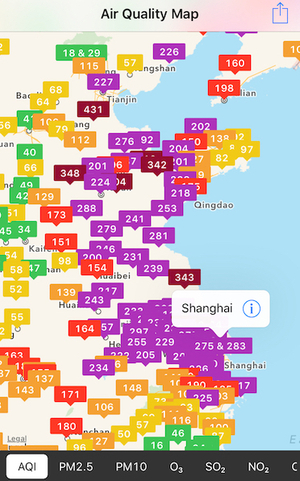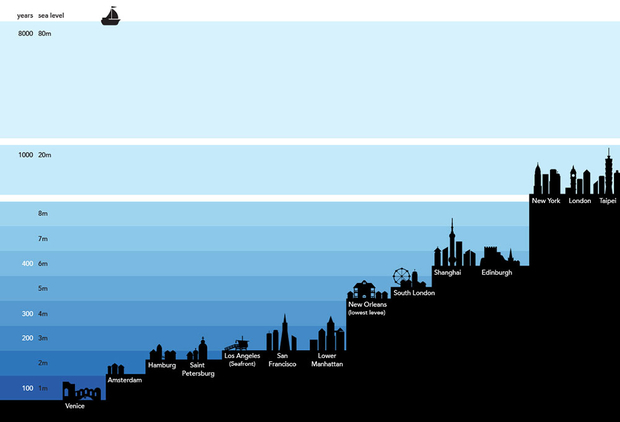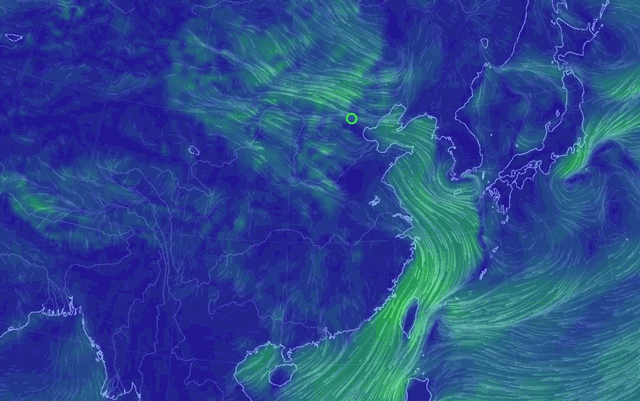James Hansen, retired NASA scientist and “father of climate change awareness,” believes China, the world’s largest CO2 emitter, will now step up to provide the carbon emissions reduction leadership lacking from the U.S., according to a Guardian story. Hansen is very critical of the Paris talks as “bullshit” and “worthless words,” and, while there, called for a $15/tonne carbon tax.
As Hansen told The Guardian,
“I think we will get there because China is rational . . . Their leaders are mostly trained in engineering and such things, they don’t deny climate change and they have a huge incentive, which is air pollution (see below). It’s so bad in their cities they need to move to clean energies. They realize it’s not a hoax. But they will need co-operation.”
{node, 14716
}Maybe the lack of U.S. leadership is because it will be at least 100 years before a rise in sea levels floods major U.S. cities such as Los Angeles, San Francisco, and lower Manhattan, according to a projection by Information Is Beautiful. Hansen believes that by the latter part of this century the sea level could be up to five meters higher than it is today. See a paper he released in July 2015. Of course, he has plenty of doubters.

Luckily for Beijing, at least some of the time, the capital gets a short-term helping hand from Mother Nature. Over the weekend, Beijing was enshrouded by yet another hazardous cloud of pollution. Thankfully, as the following two-day time-lapse video shows, this smog spell was short-lived: an afternoon wind on December 14 blew the pollution away to southeastern China and out to sea, returning blue skies to the capital and saving its residents from another potential red alert.
But good news for northern China is bad news, this time, for eastern China, where Jiangsu province and Shanghai (links in Chinese) are experiencing imported pollution, with most cities registering Air Quality Index readings of at least 200, in some cases over 300, which is the threshold for “hazardous” air quality. See Earth, an animated wind map to track how pollution gets blown around.
The two-day time-lapse video below captures the end of the most recent, short-lived smog strike in Beijing, when wind swept the air pollution away to the southeast on the afternoon of December 14. Blue sky immediately returned, saving Beijing’s residents from another potential red alert.
Last but not least, the China Meteorological Administration has forbidden weather forecasts by anybody other than the government’s official meteorological agencies. Violators are to be fined 50,000 RMB (U.S.$7,700). The new directive immediately triggered critical comments (in Chinese) on the Internet. Let’s hope that this new policy only stops at covering weather forecasts, not real-time weather reporting—or as most people in China would call it, “WeChat photo sharing.”





